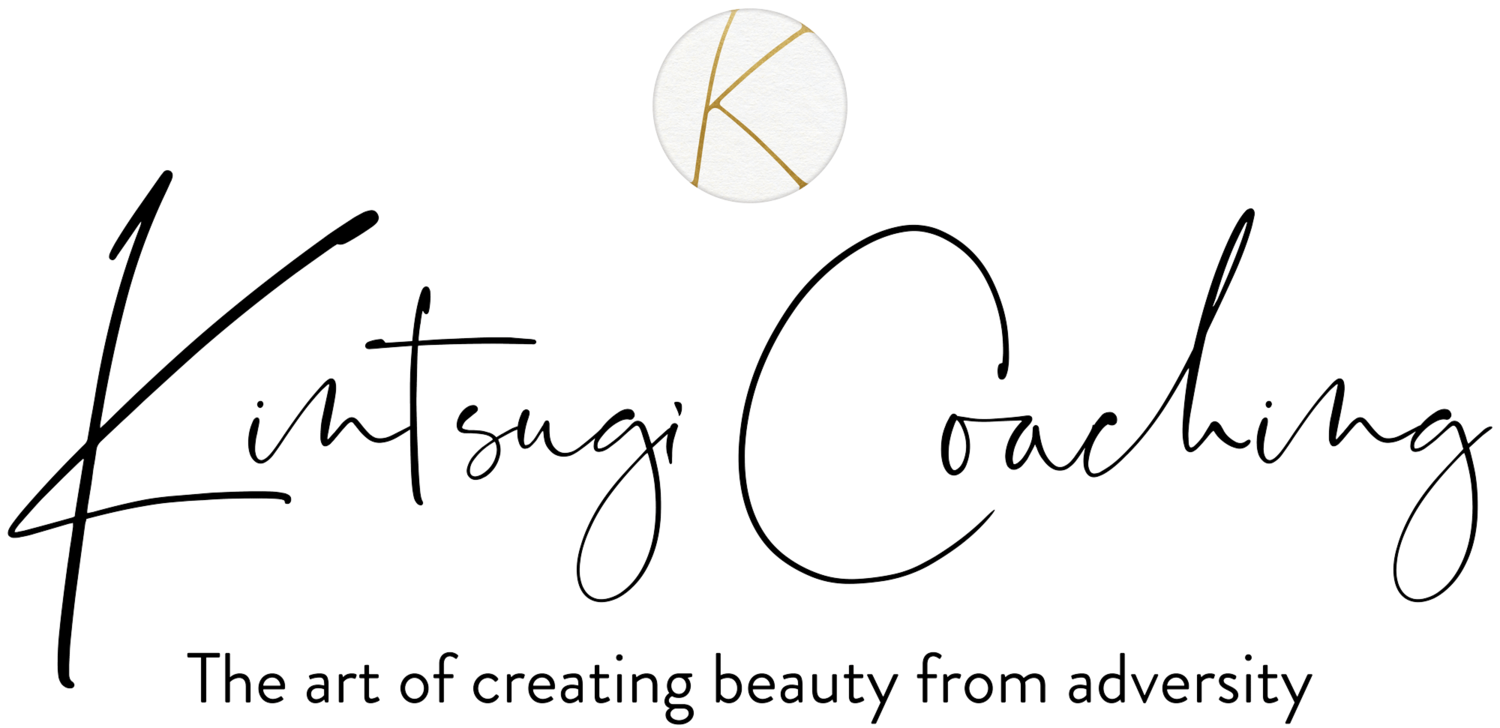Letting Go
What do monkeys, the new year, and spiritual growth have to do with one another? Amazingly, quite a lot.
I recently read about a fascinating phenomenon involving monkeys. It seems that in ancient India the primates were notorious for evading and outwitting their human predators. Eventually, hunters developed a deceptively simple but effective trap. A large coconut was hollowed out and a small hole was made in it, just large enough for the monkey’s hand to pass through. The coconut was then pinned to the ground and fruit was placed inside. Inevitably, the monkey would approach the coconut and shove its hand in to grab the fruit. When it attempted to remove its hand, however, it could not: its fist was too large to pass back through the hole. To escape the trap, all the intelligent creature had to do was release the food. More often than not, however, the monkey refused to let it go and was, therefore, trapped: free to go at any time, yet unable, or unwilling, to do so.
I’m thinking about this story as we move toward the threshold of a new year. Historically, this season heralds a time of reflection, of releasing the old and welcoming the new. The monkey’s behavior highlights a spiritual and energetic imperative: you must first let go of something in order to obtain something else.
Most of us are holding fast to a fistful of stuff. Our “fruit” is less tangible than the monkey’s, but more insidious. We hold on to judgments, resentments, and worn out images of ourselves. We hold on to prejudice and toxic relationships. We resist change like the plague, preferring our familiar pain to an unknown joy. Our resistance holds us hostage to our habits, to our fears and addictions, and there we sit, stubbornly stuck beside our coconut.
What keeps us clenching our fist, keeps us holding on to a useless fruit? I can tell you in one word: fear. The fear sounds like this: What if it gets worse? What if I don’t find another job? Another mate? What if I don’t get better? What if I lose everything? What if I fail? Well, all those things are possible. It could get worse, it’s true. You might fail. But that’s not the point.
The point is not whether you succeed or fail. It’s not whether you find what you think you’re looking for. The point is that you LET GO. The point is to choose freedom – and all the fears that spacious concept contains – over imprisonment. The point is discovering what you have to offer the world and what the world has to offer you. The point is to choose an uncertain adventure over certain stagnation. The point is to grow. And when you let go, something, or someone will appear, because nature abhors a vacuum.
The story doesn’t say what happens to the monkey, but I think one could hazard a guess that it isn’t a happy ending. But there can be. The happy ending to the same predicament is found in Charles Dickens’ A Christmas Carol. (You wondered how I’d work Christmas in, didn’t you?). The monkey of that story, called Scrooge, learns to let go of his tightly clenched fist – the fist holding his pain, holding his miserly attitude and his bitterness – and what he finds is that he receives more than he ever imagined possible. He finds an entirely new way of being. He finds love.
This is what the parable of the monkey is all about. Letting go of habitual behavior, releasing what doesn’t work, what no longer serves. It’s about freeing ourselves in order to discover what is waiting for us. Letting go allows life to move and breathe and flow. It sure beats sitting with your hand stuck inside a coconut.

